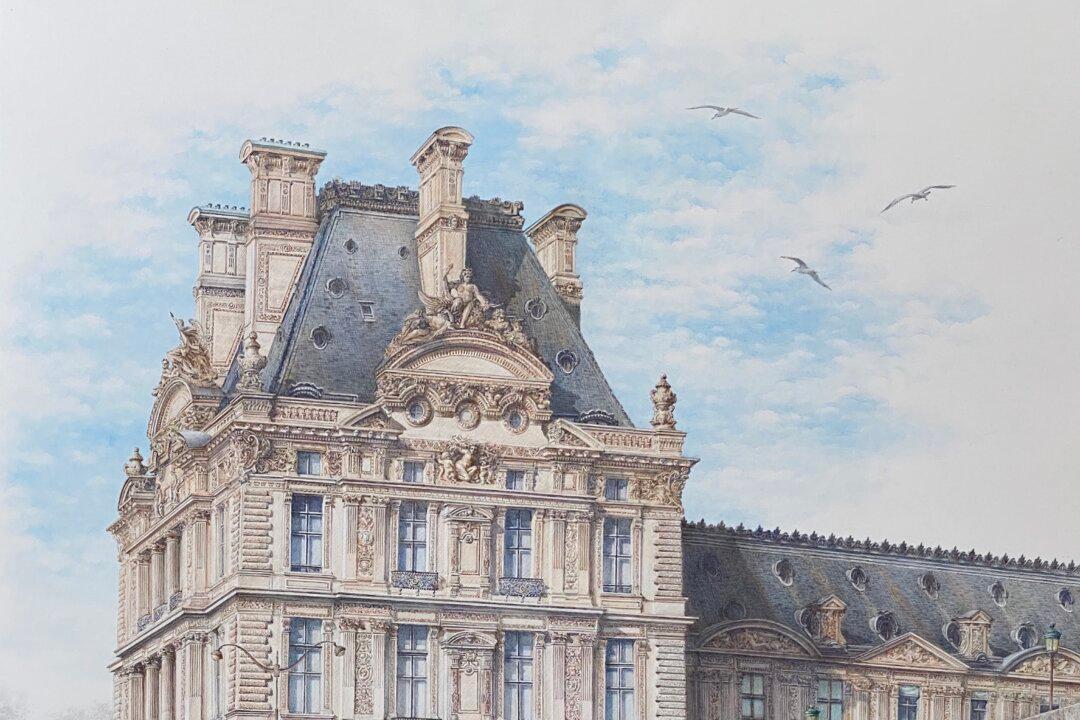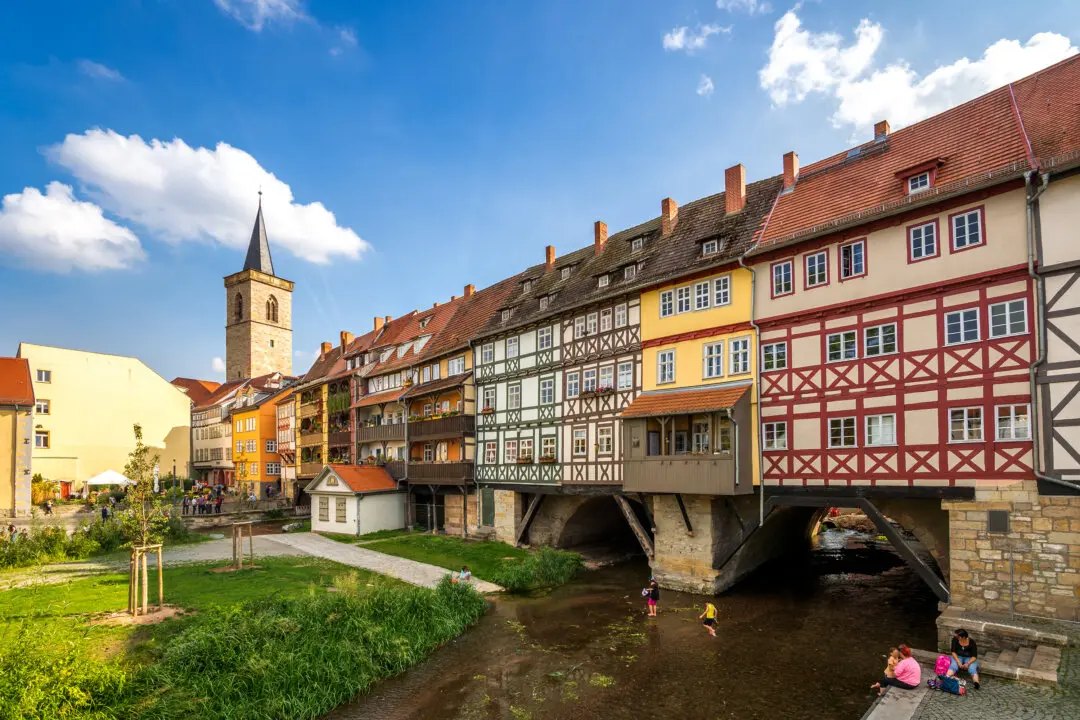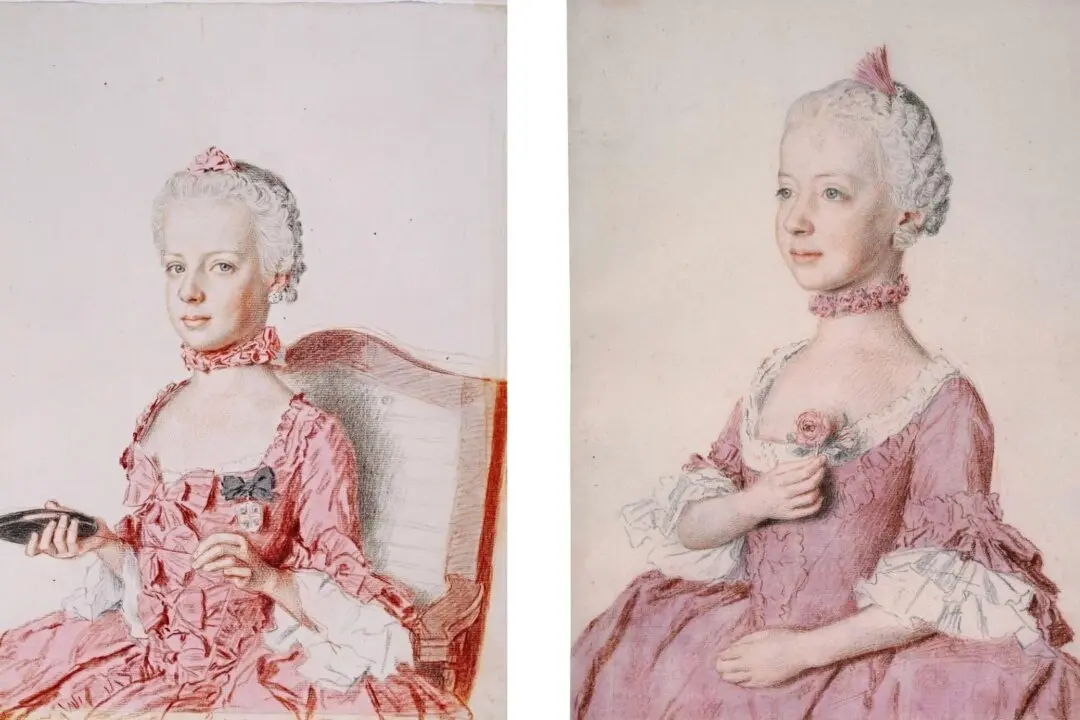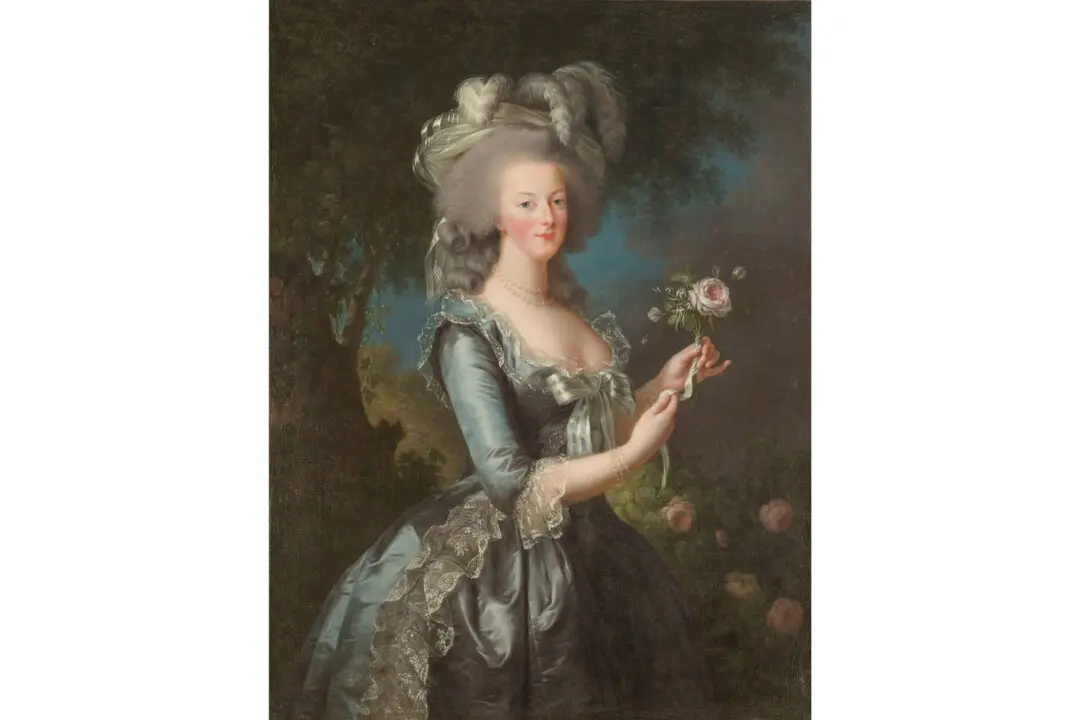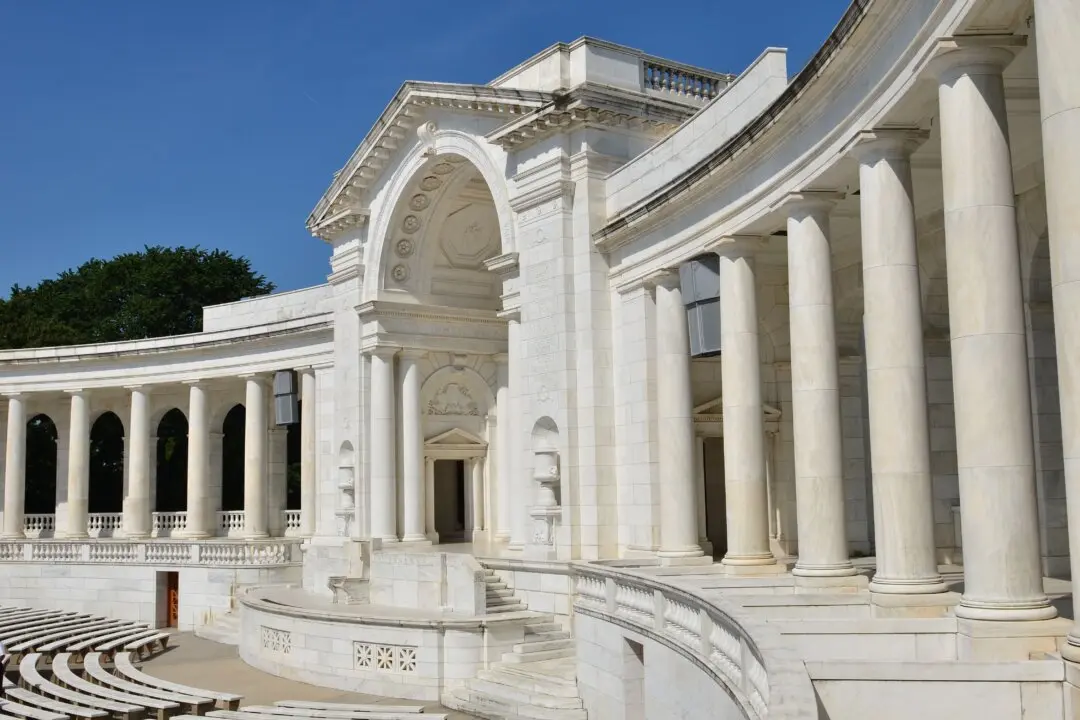Ukrainian artist Anzhelika Doliba distills the evocative beauty of historic places in her architectural silverpoint drawings. “The atmosphere and the mood of any work are the most important elements for me,” she said. In each drawing, she tries to convey a certain mystery of the place, and the feeling of that moment.
For as far back as she can remember, Doliba has loved to draw. Her love for architecture arose during her time attending Taras Shevchenko State Art High School, in Kyiv. Part of her art training was to practice the discipline of plein air painting, creating complete works of art on-site in the open air.

